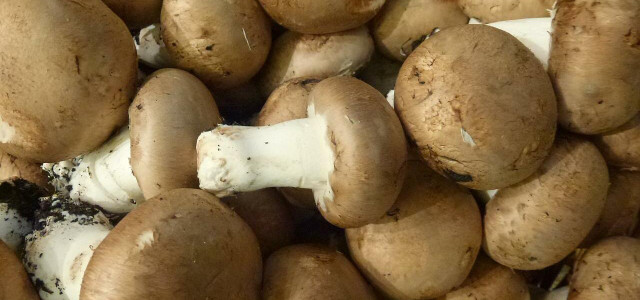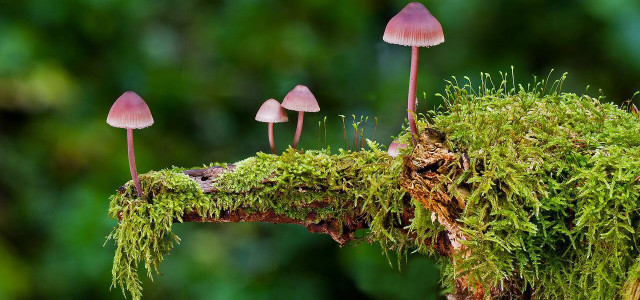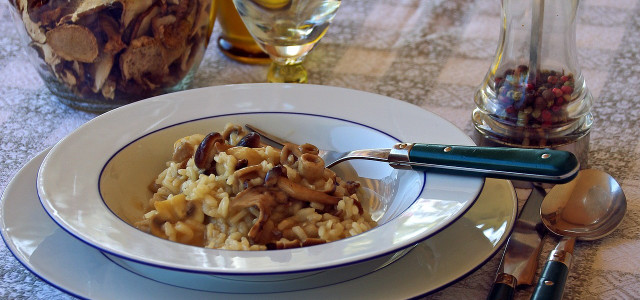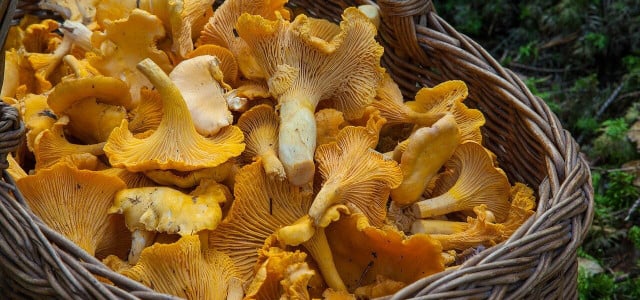Cleaning mushrooms may seem like a simple task, but there are scenarios where it’s better to clean mushrooms with different techniques. Learn the best practices here.
Whether you’re vegan, vegetarian, or just health-conscious, mushrooms offer an easy and sustainable way to add a savory twist to any plant-based or meatless meal.
In order to make the most of this humble ingredient, it’s important to understand the right way to clean mushrooms. Many people on the internet argue that you must not wash your mushrooms under running water because they will easily absorb it, and you should instead use a wet towel to delicately and slowly clean the debris from fungi. However, this is unnecessary for many mushrooms.
There are some instances where it’s more appropriate to clean mushrooms under cold running water and others where it’s better to use a damp cloth. Keep reading to find out when to know which method to use.
How to Clean Mushrooms



If you’re using store-bought mushrooms such as cremini, portobello, shiitake, or oyster mushrooms, you can simply rinse these under running water. Be sure this is a gentle flow and not a strong current, as this could damage them. While mushrooms are quite absorbent, just running them quickly under water will not cause them to absorb a noticeable amount of water.
Cultivated mushrooms should get a quick rinse to wash off any excess dirt they may still be carrying. Rinsing conventional mushrooms is especially important, as they may still have pesticide residue.
If possible, look for organic mushrooms. Why choose organic? A commonly used pesticide, thiobendazole is used on conventionally-grown mushrooms and can be dangerous for those working at mushroom farms that use this fungicide. Insecticides such as organophosphates are sometimes used to grow mushrooms and are toxic for humans. Additionally, the use of insecticides in conventional farming has been linked to global declines in wild insect populations.
Choosing organically-grown mushrooms helps contribute to more sustainable agriculture practices that are safer for the environment, workers, and you.
Cleaning Wild Mushrooms
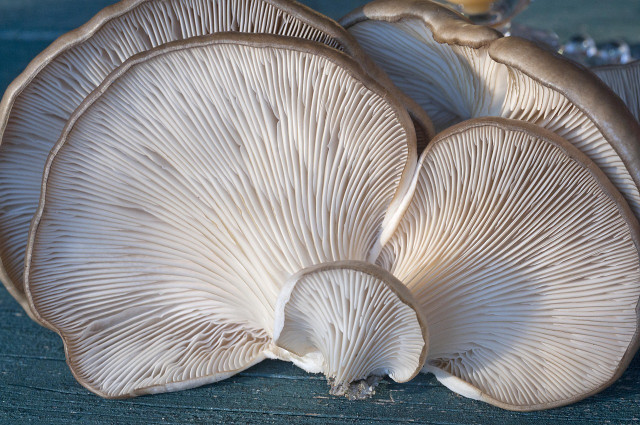


When using hunting for morels, porcini, oysters, chanterelles, or any other mushrooms found in the wilderness, you will need to handle them delicately and clean them with a damp rag or cloth – especially if you have picked them outside. The difference is that most mushrooms found in supermarkets have been grown in a controlled environment, whereas wild-grown mushrooms burgeoned in a natural environment where they may have experienced some degradation from wind or the transportation of them. It’s best to be delicate with these to prevent potential damage.
Cleaning wild mushrooms is especially important because these have the potential to carry anything a forest has, such as bugs, dirt, and residue from other flora and fauna. After wiping them properly with a wet rag, you may want to leave your mushrooms out to dry on a counter on top of kitchen towels. This will help your mushrooms, which are already mostly water, cook better and achieve a crispier texture.
Read more:
- How to Dry Mushrooms in the Oven, Dehydrator, or Naturally
- Want to Ferment Mushrooms? It Can be Done, Here’s How!
- How To Grow Mushrooms: A Beginner’s Guide
Do you like this post?






